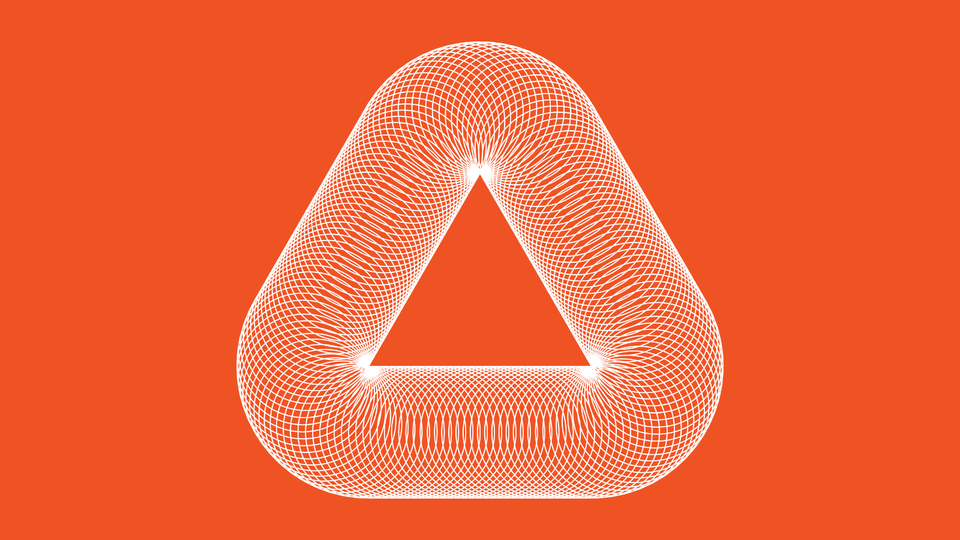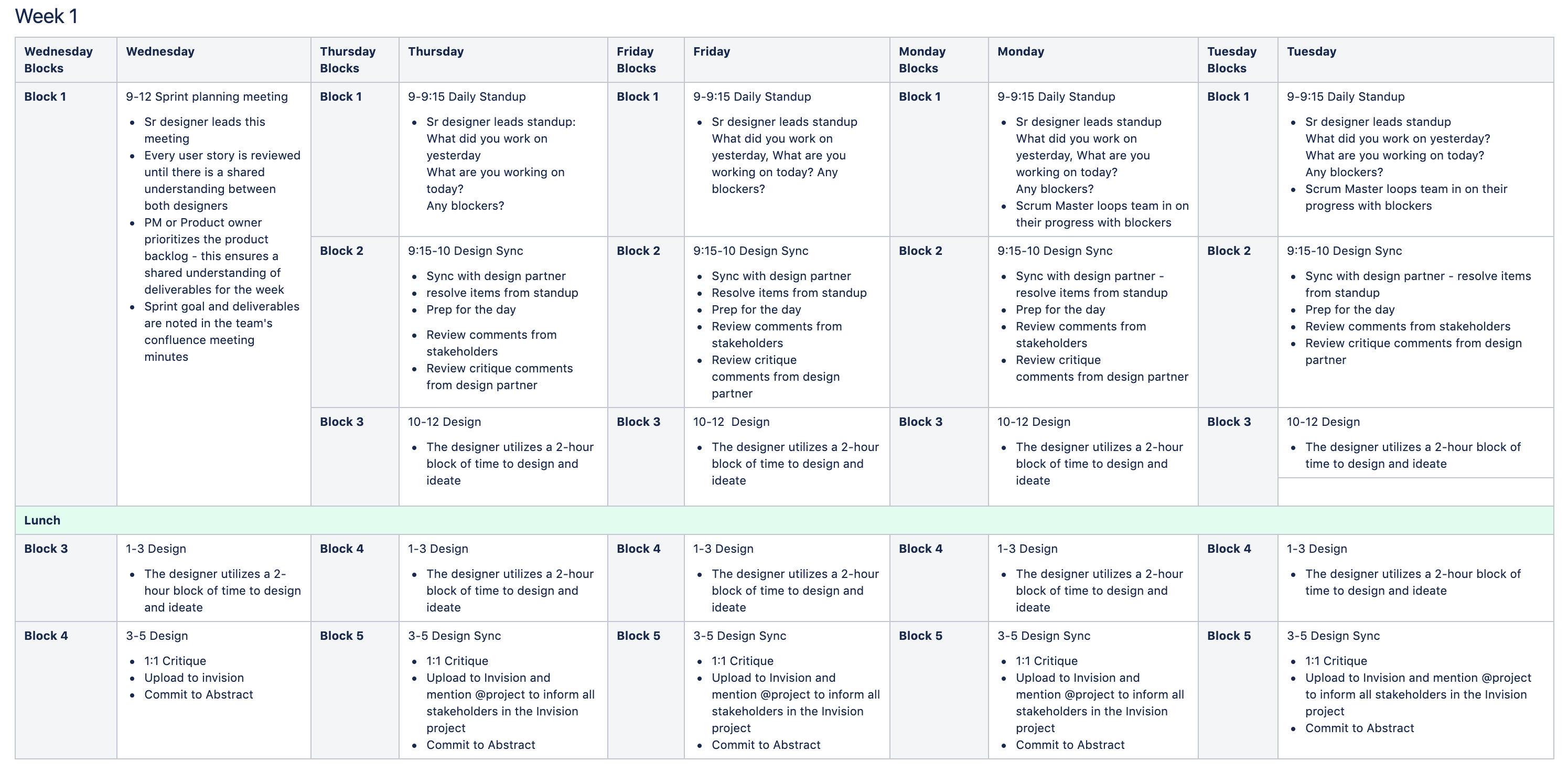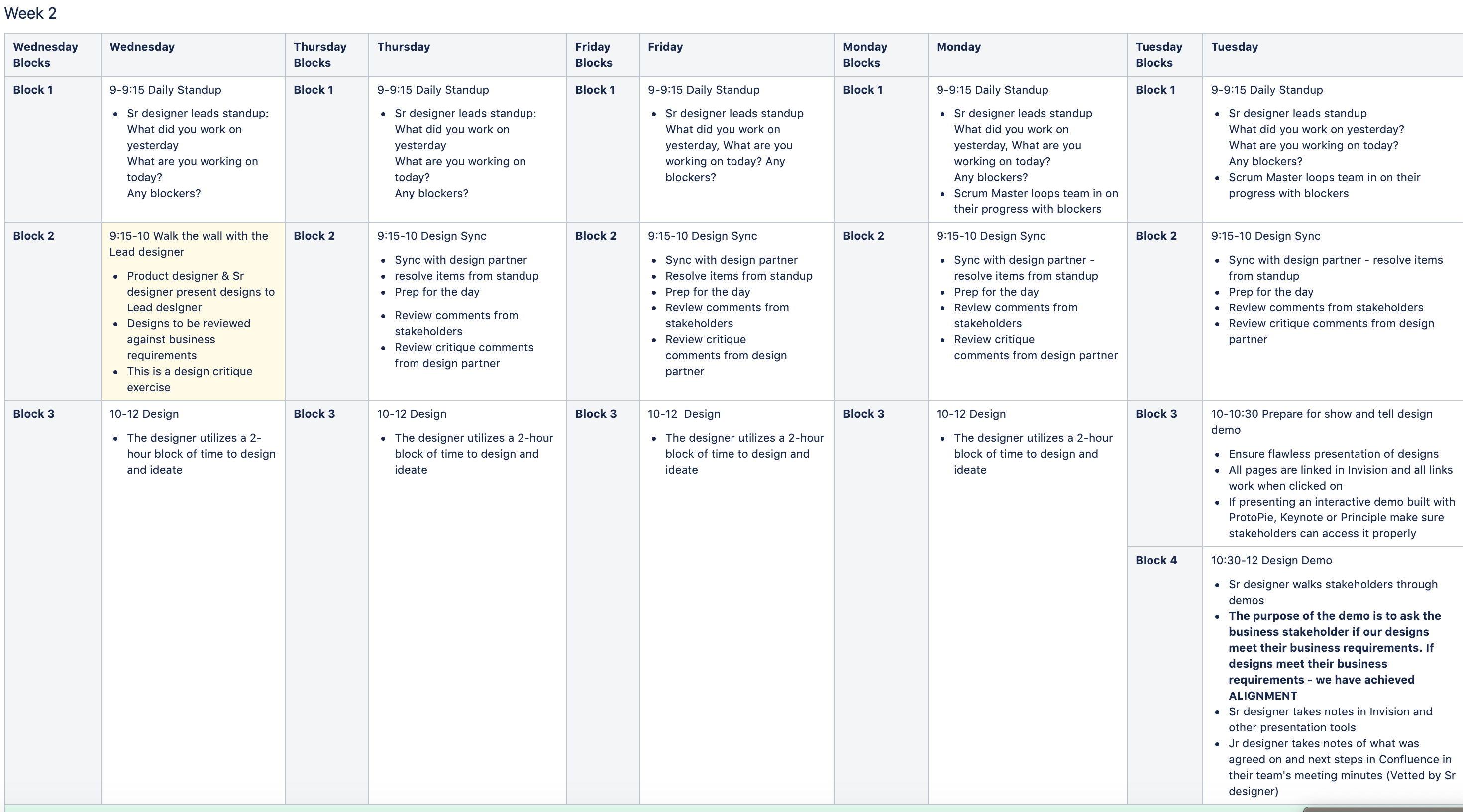Maximizing Productivity: My Design Cadence with Fewer Meetings
I created a design cadence for a matrixed product organization. Minimized meetings and helped the designers stay productive and creative.

• My goal for the design cadence was to eliminate excessive meetings.
• My long-term goal was to create a culture where all designers took ownership of their time and felt equipped to operate in a matrixed product organization. Then, I could move the team away from this cadence.
Have you wondered how you can curb excessive meetings in your product organization and keep designers out of meetings? During my time at Lowe's as Lead Product Designer (2019-22), my number one problem affecting the efficiency and effectiveness of the product design team was the high number of meetings they were pulled into, wasting hours of productivity.
The amount of meetings impacted our ability to meet deadlines and didn't add any value at the end of the day.
The context for why I choose to implement this strict cadence for our design team:
- Our product design team acted as an agency taking on only high-priority work. We had a lot of demands placed on us, and need to manage our time wisely.
- The product portfolio consisted of eight products and sometimes fluctuated to accommodate more.
- We operated in a SAFe product organization. The framework does not account for design, creating massive headaches for us.
- We were a brand new design team in an organization unfamiliar with designers or design activities.
- We ran a paired design model. A senior product designer was paired with a product designer to tackle the work and share skills and knowledge as they completed projects.
Lastly, the designers attended an incredible amount of meetings that were a poor use of our time. Was this the fault of the designers? No, not necessarily, but I had to reign in the meeting attendance.
Week one design schedule

Notes:
- Two-week sprints started every Wednesday to avoid the dreaded Monday start.
- Sprint planning: As the team got their feet under them, I reduced the sprint planning to two hours and eventually to 30 minutes.
- You will note we ran with a Sketch, InVision, and Abstract combo. I still think InVision (InVision shutdown) has superior stakeholder management capabilities versus Figma or Sketch.
Week two design schedule


Notes:
- Walk the wall: Designers loved this exercise since it was a chance to get into the details of the scenarios and corresponding UI. This was a time to pull out a scalpel and remove unwanted blemishes from the experience.
- Winners circle: Designers built the sprint demo prototype and prepared for the design demo the next day. Designers loved building the demo draft because they always missed one or two things, and it was great seeing the entire prototype come to life.
- Design demo: I demanded that the demos be built in clickable prototypes. Demos also required they be formatted as a scenario so that the audience clearly understood what they were looking for and why we had crafted the experience in the first place. Lastly, I required that designers ask their stakeholders the following questions. Does the design meet the business requirements, and do we have alignment?
Summary
Running a design pair model in a matrixed, SAFe technology organization requires a lot of operational know-how and skill. I won't tell you I got it right the first time, but I quickly iterated and improved the design cadence.
My long-term goal was to ease the operational design cadence and gradually let the senior product designers run the cadence so that I could focus on the voice of the customer program and the continuous design discovery process.
Some designers did not enjoy this rigorous cadence and complained I was removing their ability to be creative. Far from it, I designed timed blocks where they could be the most creative and imaginative designer they wanted to be. Process, if done correctly, removes all the wasteful meetings and gives back the participant precious time to think.
In the end, the design team matured. Eventually, I eased their schedules and started tackling which opportunities to pursue, which landed me back in the product management world of the product roadmap process.
Are you a VP/Director and have questions? Feel free to contact me with questions about product operations, specifically design activities like managing a cadence across sprints.
Written by Leo Vroegindewey, B2B CX Consultant
Get in touch to improve your customer experience and increase sales. Let's talk about how I can help your business grow. Email me.